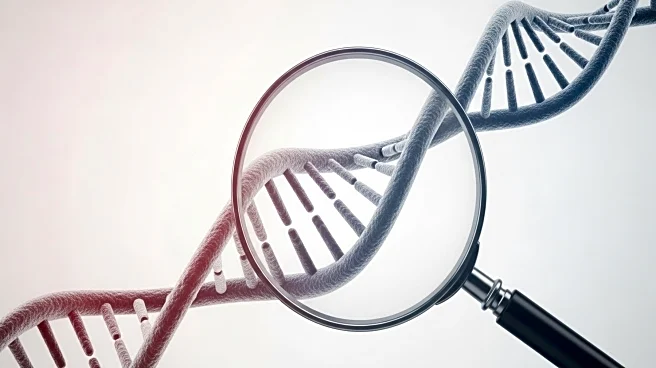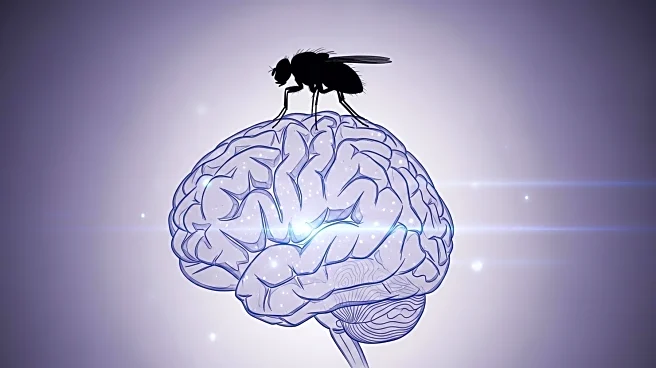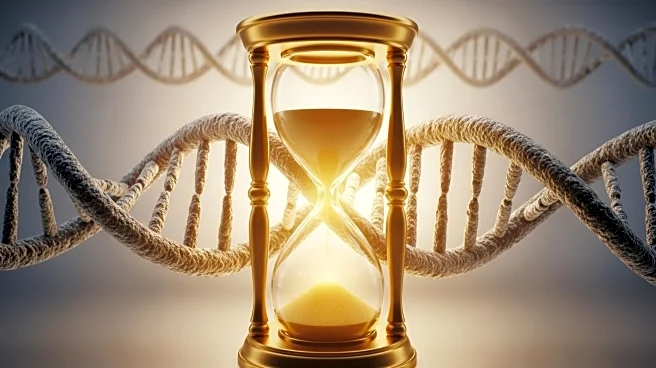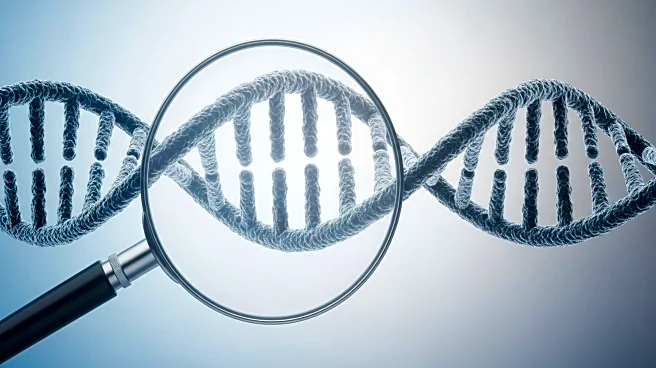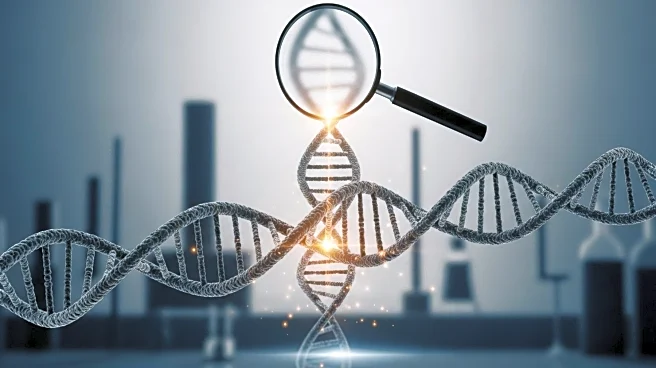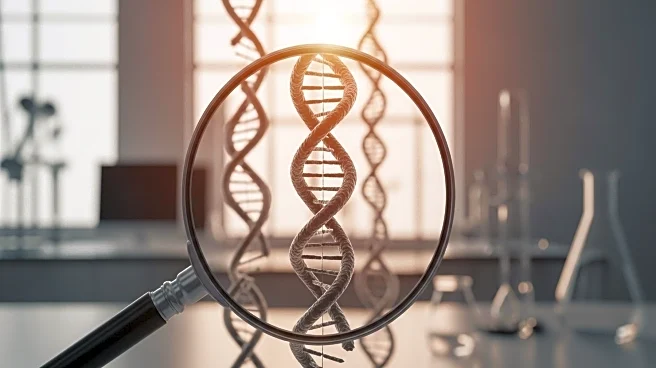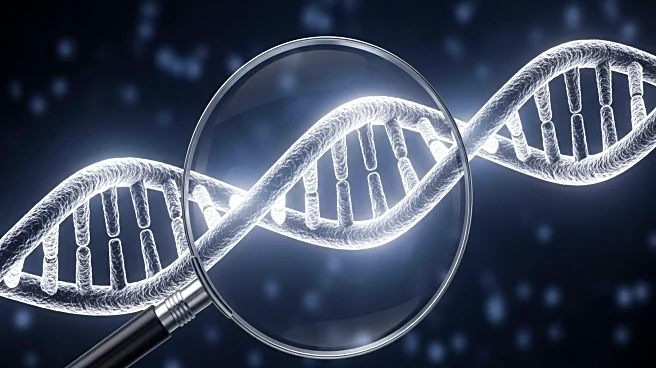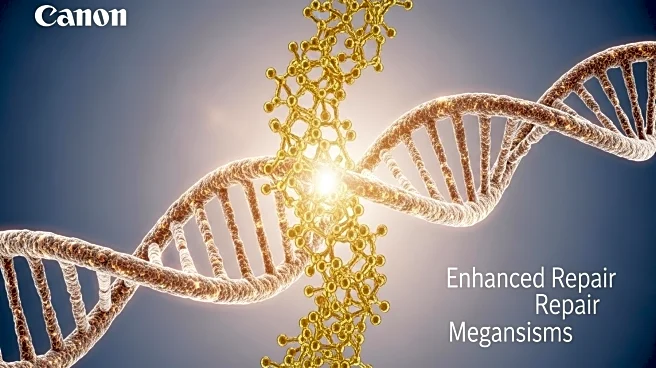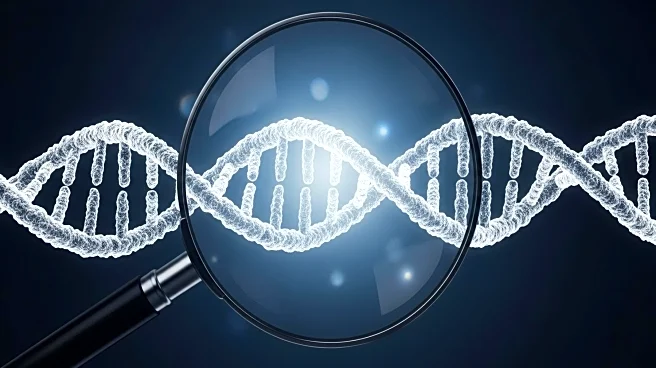What is the story about?
What's Happening?
Researchers have uncovered genetic factors that contribute to the unusually long lifespan of naked mole rats, which can live for up to 30 years. The study, published in Science, highlights four specific amino acid substitutions in the enzyme cGAS that enhance the animal's ability to repair DNA damage, a key factor in ageing. Unlike humans and mice, where cGAS suppresses DNA repair, these genetic tweaks in naked mole rats allow for more effective DNA repair, potentially explaining their longevity. The research involved using CRISPR-Cas9 to remove cGAS from the animal's cells, leading to accumulated DNA damage, and demonstrated that fruit flies engineered with these mutations lived longer.
Why It's Important?
This study provides valuable insights into the mechanisms of ageing and longevity, with potential implications for human health and ageing research. Understanding how naked mole rats maintain their DNA integrity could inform strategies to combat age-related diseases and improve human lifespan. The findings may lead to the development of therapies that enhance DNA repair processes, offering new avenues for medical research and treatment. The study also underscores the importance of using diverse model organisms to explore complex biological processes.
Beyond the Headlines
The research on naked mole rats not only advances scientific understanding of ageing but also raises ethical and philosophical questions about the pursuit of longevity. As scientists explore ways to extend human lifespan, considerations around quality of life, resource allocation, and societal impacts become increasingly relevant. The study highlights the potential for genetic research to drive significant shifts in healthcare and societal norms, prompting discussions on the balance between extending life and ensuring well-being.
AI Generated Content
Do you find this article useful?
